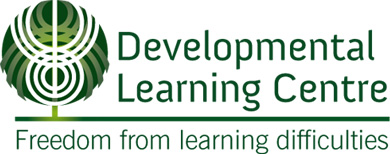Dyslexia was accepted by the Ministry of Education as a legitimate learning difficulty two years ago. Since that time a process of consultation has been occurring but little of real help has emerged. There are some who believe the answer is to focus on the advantages of being dyslexic and simply accommodate the right brained learning style of the dyslexic in the classroom. However anybody in today’s society who struggles with literacy is without a doubt, disadvantaged and every effort needs to be made to address the underlying causes of dyslexia.
A child of normal intelligence who is not reading by the age of 7 or 8, is struggling to write, is persistently reversing letters, confusing similar sounds and struggling to correctly associate the letters with their sounds is most likely dyslexic.
What is underlying this difficulty? Something is wrong with his learning equipment.
Imagine trying to watch your TV without an antenna. The signals which are freely available will not flow into your set if your equipment to receive them is not fully functional. If the pathways needed in the brain for literacy are not all present and functional the learning experiences offered so skilfully by teachers have nowhere to go and are not properly received. The dyslexic child’s literacy “screen” remains “snowy”.
Dr Robin Pauc in his Book “Is This My Child” says that the underlying cause of dyslexia is a developmental delay. Sally Goddard in her book ‘Reflexes, Learning and Behaviour” agrees. Studies have shown that individuals with dyslexia often have smaller left hemispheres than others without dyslexia. The process of decoding and association of symbols (letters and words ) with sounds occurs on the left side of the brain . Goddard suggests that this kind of imbalance is caused by a number of retained primitive reflexes which interfere with the even, symmetrical development of the brain. These primitive reflexes also prevent the development of sufficient pathways from left to right sides of the brain for easeful learning.
The good news is that these immaturities in the child’s brain can be identified and removed through movement therapy such as Extra Lesson. This therapy in no way interferes with or removes the so called advantages of dyslexia ( the intuitive, visual spatial, whole language way of learning). Rather it makes available to the child the left sided capacities of recognizing and relating letters to sounds, decoding words, word building skills, recognition of letter and sound patterns such as rhyming and other phonic based skills.
For more information on how you can access an Extra Lesson neuro developmental assessment and movement therapy see the Assessment page.
